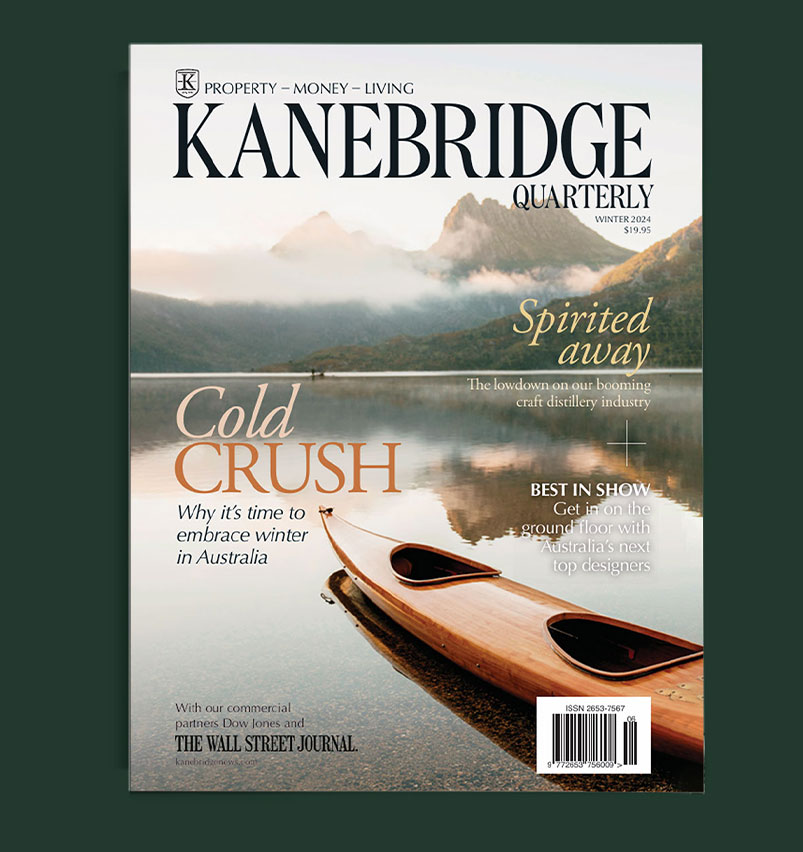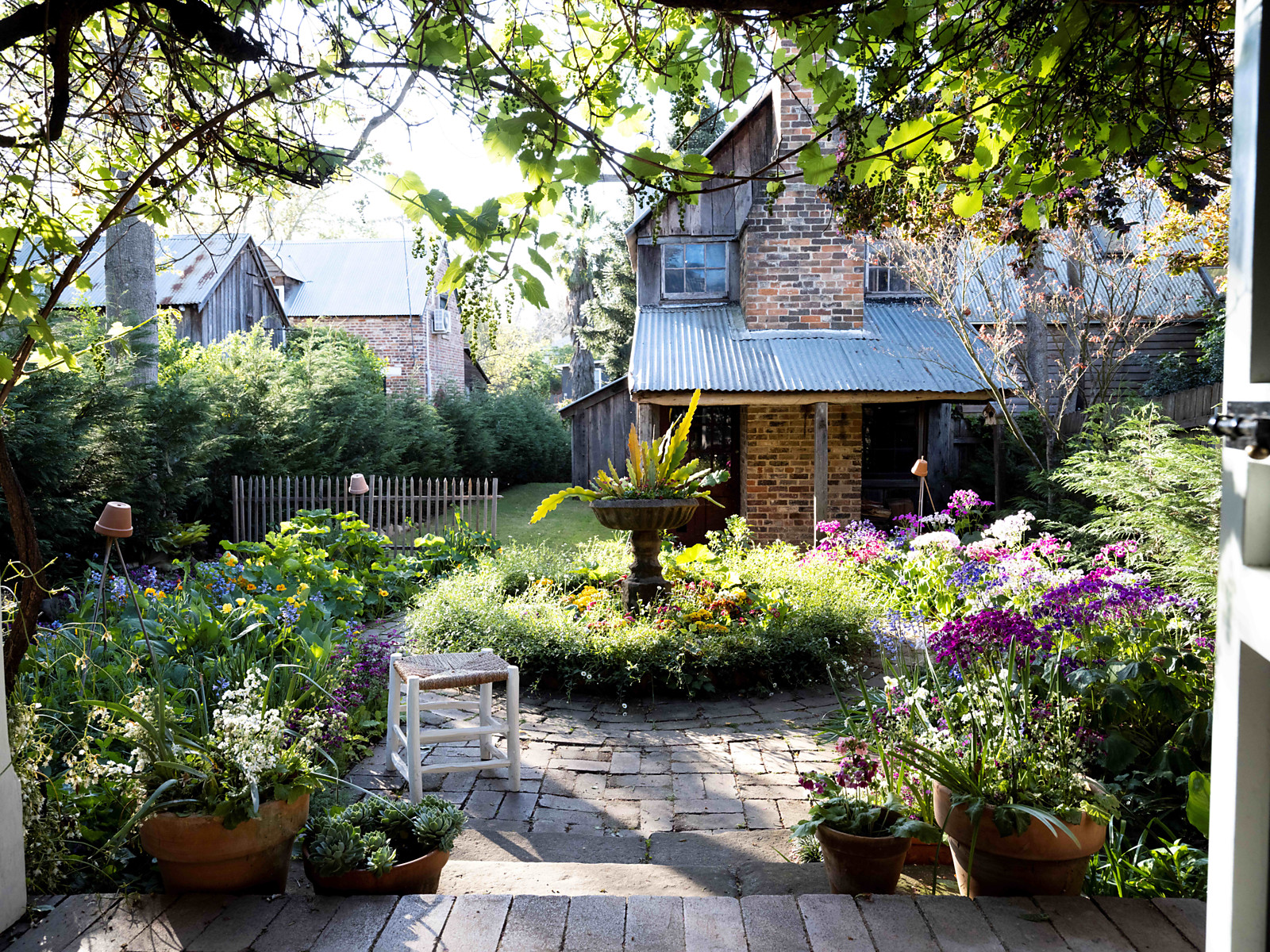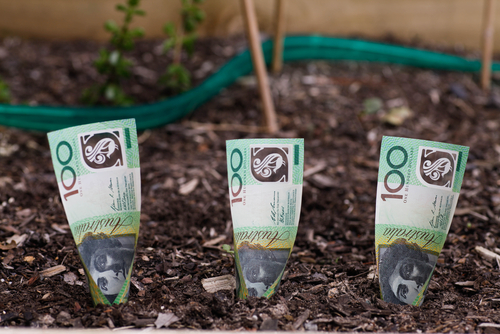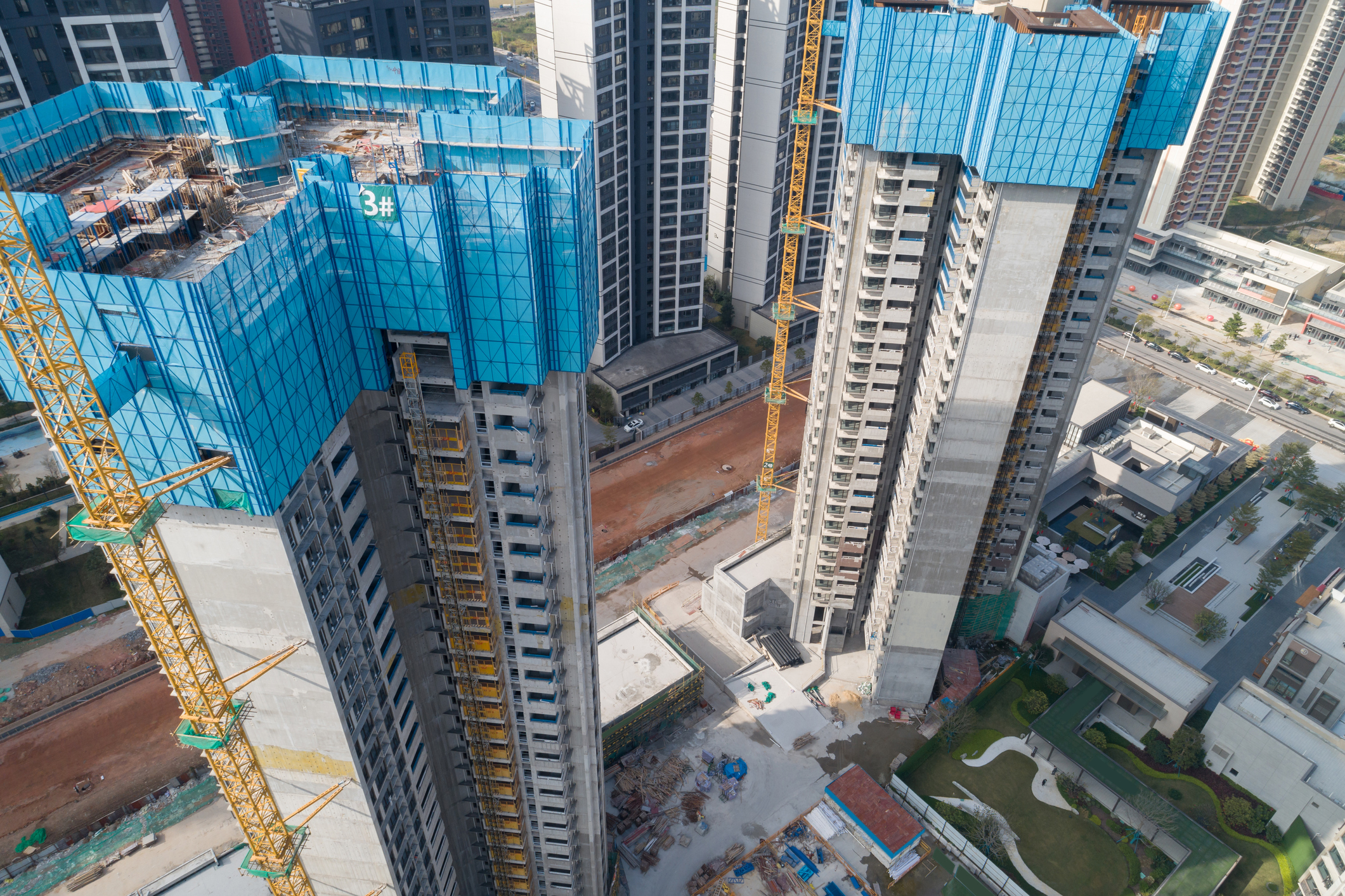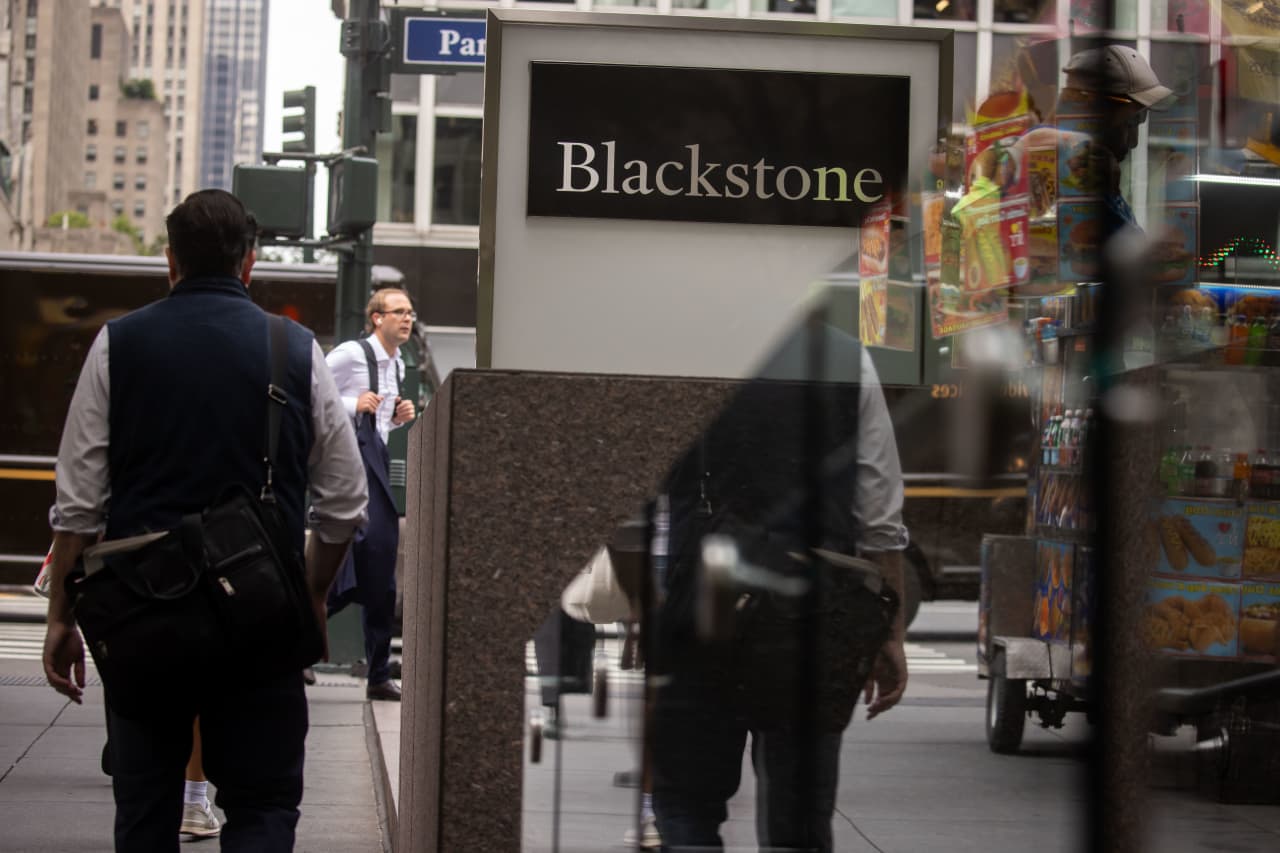Crash Parties, Escape Dull Chitchat and Make Powerful Friends: What Davos Elites Know
The elbow-rubbing tactics on display in the Swiss Alps this week can apply to any business gathering or cocktail party, regardless of your VIP status
For a master class in power networking, it’s tough to beat the one taking place in the Swiss Alps this week.
The annual World Economic Forum brings the planet’s power brokers together for morning-to-past-midnight meetings over coffee, cocktails and fondue. For the thousands of CEOs, billionaires, intellectuals and world leaders descending on Davos, the setting is unrivalLed in its potential to spark relationships, dealmaking and big ideas for the year ahead. After all, there are few other places where you can run into Al Gore at the hotel bar and wait next to Bill Gates to pass through the metal detectors.
MaximiSing all that powerful proximity and turning it into actual connections takes skill, chutzpah and the ability to think on your feet. What to do if you spot Sting in the elevator? How to know whether a tête-à-tête merits more than a minute of your time? And how do you divine someone’s importance without peering at the badge dangling at their midsection?
The tricks of Davos movers and shakers can apply to any business gathering or cocktail party, regardless of your VIP status. Here’s how they do it.
Names and spaces
For Salesforce Chief Executive Marc Benioff, getting the most out of the high-powered gathering often comes down to location—in this case, the top of a staircase in the Davos Congress Center, the main hub of the event.
The Davos regular said he plans to spend an hour each day of the forum perched there or in an adjacent hallway. Why? In a single hour—amid a packed calendar of meetings, lunches, dinners and other engagements—he might see 100 people he would otherwise not encounter all year.
“The amount of serendipity that happens is unlike anything I’ve ever experienced,” said Benioff, who has attended the forum for two decades and hosts parties and gatherings that people vie all week to get into. “It’s an incredible thing.”
Benioff has a hack for dealing with a common conundrum in Davos and beyond—forgetting your conversation partner’s name. The Salesforce chief said he sometimes takes photos of their badges if he isn’t able to take notes. If he exchanges contact information with someone, he gives his cellphone number or email and recommends they text, email or tweet at him.
“I’m generous with my contact information,” he said. (At least one reporter can attest to that.)
Or, simply ask the person to repeat their name, said Alisa Cohn, an executive coach and author attending her third Davos. She phrases the question with a touch of humoUr, asking: “‘Listen, this has been a great conversation, and I’ve already forgotten your name. Can you remind me?’”
Few people respond poorly, she said. “The truth is, they will ask you the same question because they forgot your name, too.”
Big deal, or big whoop?
Seated next to an unfamiliar guest at a dinner or lunch, several CEOs said they weren’t above stealth under-the-table googling, surreptitiously reading up on their Davos dining companions to make better conversation or to understand what, exactly, it is that they do.
When introducing herself to someone new, Cohn gives people conversational “hooks” to latch on to. For her, that means explaining she is also an angel investor, based in New York, and a fitness fanatic with a love of kettlebells. The icebreaker often spurs people to detail their own fitness routines.
True Davos experts know how to escape a long, dull or—horrors!—low-status conversation partner. Nick Studer, head of consulting firm Oliver Wyman Group and a longtime Davos attendee, believes there is value in all sorts of conversations. But he has perfected the art of extraction with a favoUrite line: “Anyways, it’s obviously fantastic [chatting]. I mustn’t keep you from your guests.”
Most people follow his lead, he said, “as long as you wrap it up appropriately and politely.”
No ‘Windexing’
One big Davos no-no is what the finance executive Anthony Scaramucci has come to describe as “Windexing.”
Say you are chatting with someone interesting, but notice out of the corner of your eye that the British prime minister or a well-known billionaire-entrepreneur walks into a room. You might suddenly feel the urge to move on, and look past the person you are talking to “like he’s a sheet of glass,” Scaramucci said. “Don’t be that person.”
Instead, apologiSe for needing to end the conversation, he said, and offer to circle back if there is time.
Scaramucci, founder of the hedge-fund investment firm SkyBridge Capital and, very briefly, communications director for the Trump administration, started jetting to Davos in 2007.
He hosts a popular and well-attended wine night there each year. Over time, he has learned a tactic for getting into a must-attend party—even when he isn’t invited.
“I crash every single party that I can possibly crash,” Scaramucci said.
Several years ago, at a party held by a Russian oligarch, a security guard stopped Scaramucci because he wasn’t on the list. Scaramucci says he didn’t blink. Instead, he disarmed.
“I said, ‘I know I’m not on the list. I’m Vince Vaughn from ‘Wedding Crashers,’” he recalled. “Five minutes later, I was eating the caviar and drinking the vodka.”
When Scaramucci spots a mega luminary he is dying to meet, he tries to be authentic. He said he developed a friendship with David Rubenstein, co-founder of the private-equity giant Carlyle Group, by introducing himself in Davos years ago.
“I just walked over to him. I said, ‘Hey, listen, I watched you on TV, I’ve seen your interviews and I’m a great admirer of yours,’” Scaramucci said. “People are incredibly nice. Don’t make the mistake of thinking they don’t want to meet you.”
Tight timing
At major conclaves like Davos, Scaramucci and others said it is important to realise you can’t do it all. Prioritisation is key.
Denelle Dixon, who runs the nonprofit Stellar Development Foundation, said her organisation sets a theme for the conference so executives can take meetings with government officials and others around that sharp topic. This year, it is blockchain’s role in expanding access to the financial system. (Davos loves a buzzword.) “It allows us to really focus,” she said.
Saying no is essential. Salesforce’s Benioff and his team usually meet with roughly half of the 600 CEOs attending Davos. But a request for five or 15 minutes of his time is likely to fail if the person isn’t a critical customer or somebody he already knows well.
“It’s not going to get part of my time,” he said. “Maybe it’ll get part of somebody else’s time.”
This stylish family home combines a classic palette and finishes with a flexible floorplan
Just 55 minutes from Sydney, make this your creative getaway located in the majestic Hawkesbury region.
Continued stagflation and cost of living pressures are causing couples to think twice about starting a family, new data has revealed, with long term impacts expected
Australia is in the midst of a ‘baby recession’ with preliminary estimates showing the number of births in 2023 fell by more than four percent to the lowest level since 2006, according to KPMG. The consultancy firm says this reflects the impact of cost-of-living pressures on the feasibility of younger Australians starting a family.
KPMG estimates that 289,100 babies were born in 2023. This compares to 300,684 babies in 2022 and 309,996 in 2021, according to the Australian Bureau of Statistics (ABS). KPMG urban economist Terry Rawnsley said weak economic growth often leads to a reduced number of births. In 2023, ABS data shows gross domestic product (GDP) fell to 1.5 percent. Despite the population growing by 2.5 percent in 2023, GDP on a per capita basis went into negative territory, down one percent over the 12 months.
“Birth rates provide insight into long-term population growth as well as the current confidence of Australian families,” said Mr Rawnsley. “We haven’t seen such a sharp drop in births in Australia since the period of economic stagflation in the 1970s, which coincided with the initial widespread adoption of the contraceptive pill.”
Mr Rawnsley said many Australian couples delayed starting a family while the pandemic played out in 2020. The number of births fell from 305,832 in 2019 to 294,369 in 2020. Then in 2021, strong employment and vast amounts of stimulus money, along with high household savings due to lockdowns, gave couples better financial means to have a baby. This led to a rebound in births.
However, the re-opening of the global economy in 2022 led to soaring inflation. By the start of 2023, the Australian consumer price index (CPI) had risen to its highest level since 1990 at 7.8 percent per annum. By that stage, the Reserve Bank had already commenced an aggressive rate-hiking strategy to fight inflation and had raised the cash rate every month between May and December 2022.
Five more rate hikes during 2023 put further pressure on couples with mortgages and put the brakes on family formation. “This combination of the pandemic and rapid economic changes explains the spike and subsequent sharp decline in birth rates we have observed over the past four years,” Mr Rawnsley said.
The impact of high costs of living on couples’ decision to have a baby is highlighted in births data for the capital cities. KPMG estimates there were 60,860 births in Sydney in 2023, down 8.6 percent from 2019. There were 56,270 births in Melbourne, down 7.3 percent. In Perth, there were 25,020 births, down 6 percent, while in Brisbane there were 30,250 births, down 4.3 percent. Canberra was the only capital city where there was no fall in the number of births in 2023 compared to 2019.
“CPI growth in Canberra has been slightly subdued compared to that in other major cities, and the economic outlook has remained strong,” Mr Rawnsley said. “This means families have not been hurting as much as those in other capital cities, and in turn, we’ve seen a stabilisation of births in the ACT.”
This stylish family home combines a classic palette and finishes with a flexible floorplan
Just 55 minutes from Sydney, make this your creative getaway located in the majestic Hawkesbury region.



